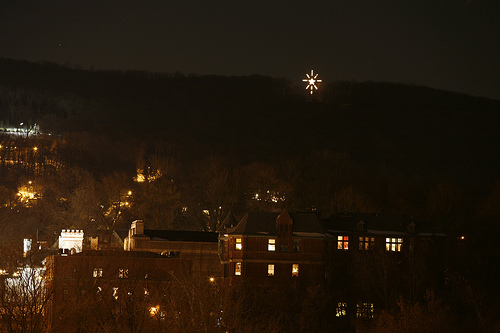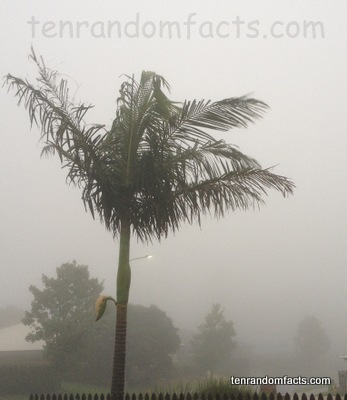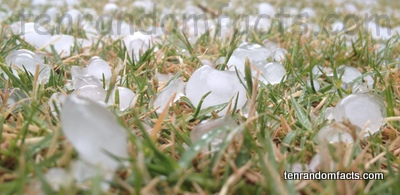
Matthew 2:2b NIV
“We saw his star when it rose and have come to worship him.”
- The ‘Star of Bethlehem’ is also known as the ‘Christmas Star’.
- The Star of Bethlehem was the star that showed the place of Jesus Christ’s birth, particularly guiding the magi.
- The Star of Bethlehem has puzzled many astronomers, and many have tried to make a connection to unusual, historical, star-like events in space.
- Of the four gospels in the Bible, only the gospel of Matthew mentions the Star of Bethlehem.
- During the estimated time of Jesus’ birth, a comet or nova was seen in China, which seemed to be stationary for 70 days, and many link a connection to the Star of Bethlehem.
A Star
Image courtesy of Lehigh Valley, PA/Flickr
- Some religious groups believe the Star of Bethlehem was a comet or shining angels.
- The Star of Bethlehem is often depicted in art as a comet, angel holding a star or a large, bright star with many different designs.
- The Star of Bethlehem is often mentioned in Christmas carols, such as the ‘Three Kings’ or ‘O Little Town of Bethlehem’.
- Some astronomers suggest that the Star of Bethlehem could have been an alignment of planets, which occurred during the time of Jesus’ birth.
- Some theories regarding the Star of Bethlehem suggest that a single planet was the star, specifically ‘Uranus’, although it would have been difficult to see without technology.
Bibliography:
Gill V, Star of Bethlehem: Astronomical Explanations, 2012, BBC, http://www.bbc.co.uk/news/magazine-20730828
Star of Bethlehem, 2013, Wikipedia, http://en.wikipedia.org/wiki/Star_of_Bethlehem



















